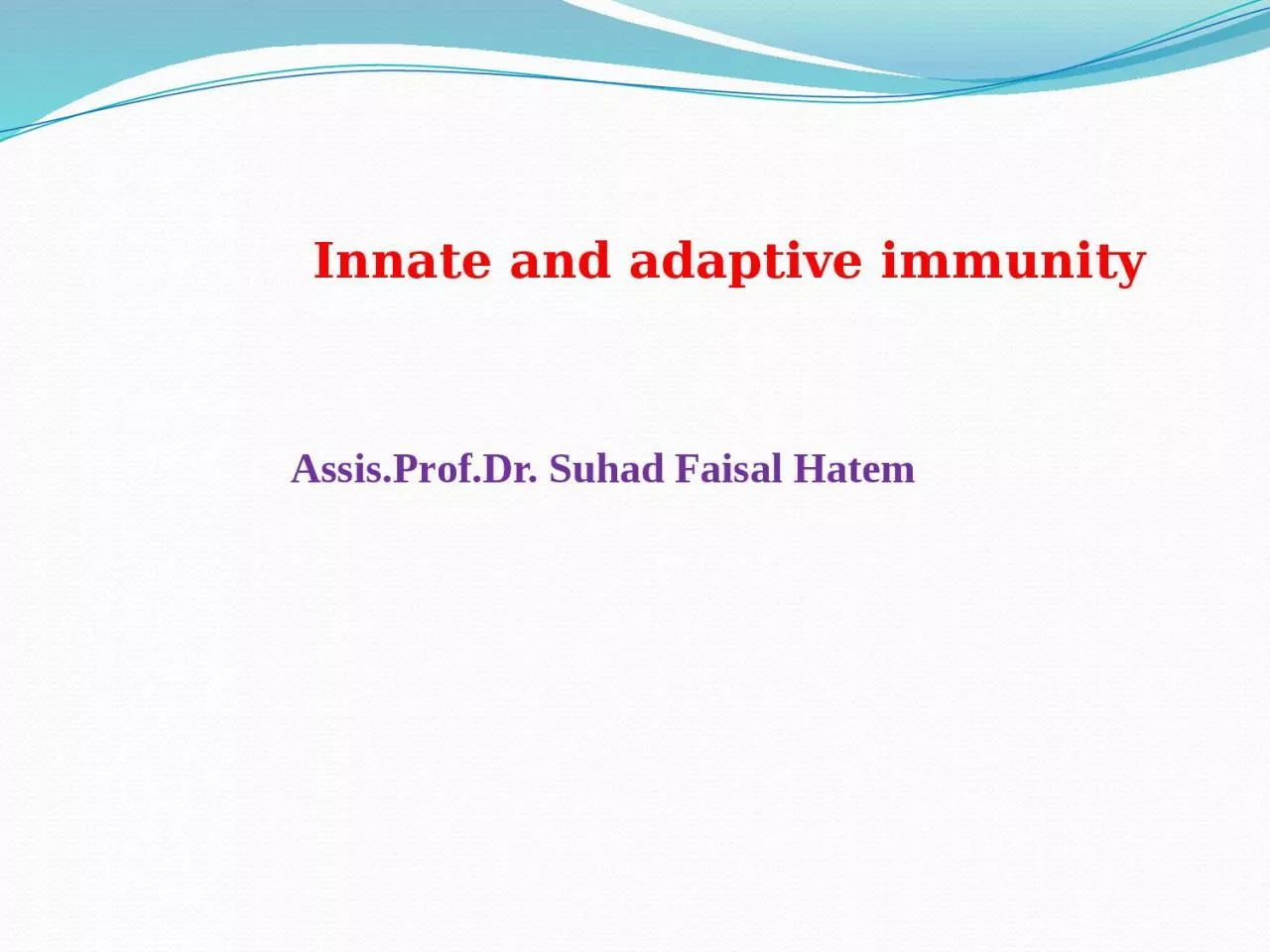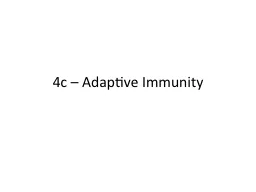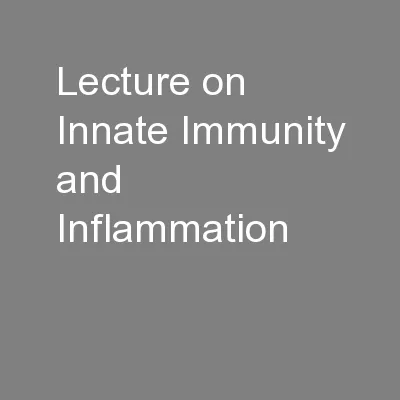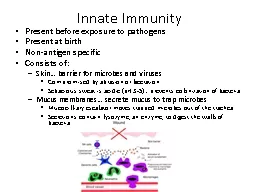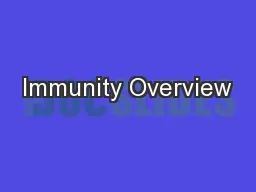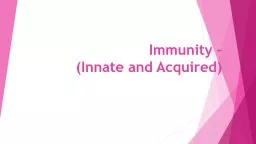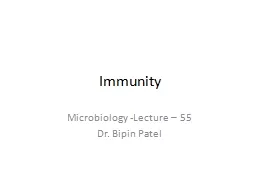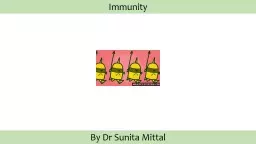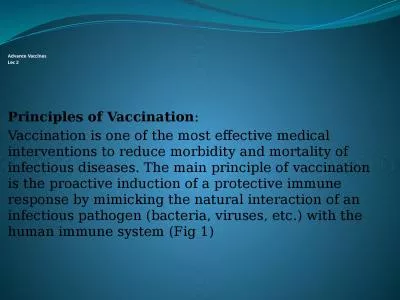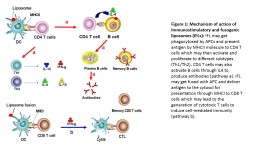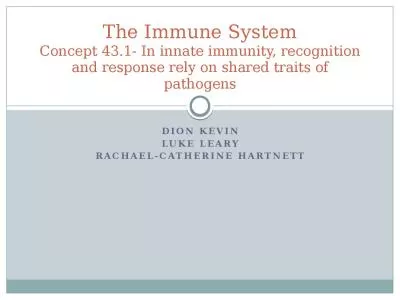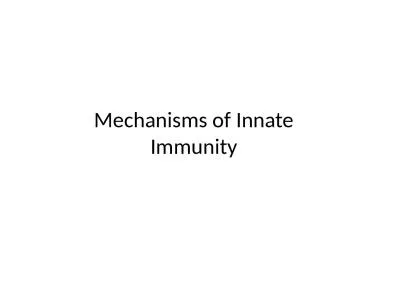PPT-Innate and adaptive immunity
Author : teresa | Published Date : 2022-06-15
AssisProfDr Suhad Faisal Hatem Innate immunity is considering first line of defense an immediate response to a pathogen that does not confer lifelong protective
Presentation Embed Code
Download Presentation
Download Presentation The PPT/PDF document "Innate and adaptive immunity" is the property of its rightful owner. Permission is granted to download and print the materials on this website for personal, non-commercial use only, and to display it on your personal computer provided you do not modify the materials and that you retain all copyright notices contained in the materials. By downloading content from our website, you accept the terms of this agreement.
Innate and adaptive immunity: Transcript
Download Rules Of Document
"Innate and adaptive immunity"The content belongs to its owner. You may download and print it for personal use, without modification, and keep all copyright notices. By downloading, you agree to these terms.
Related Documents

